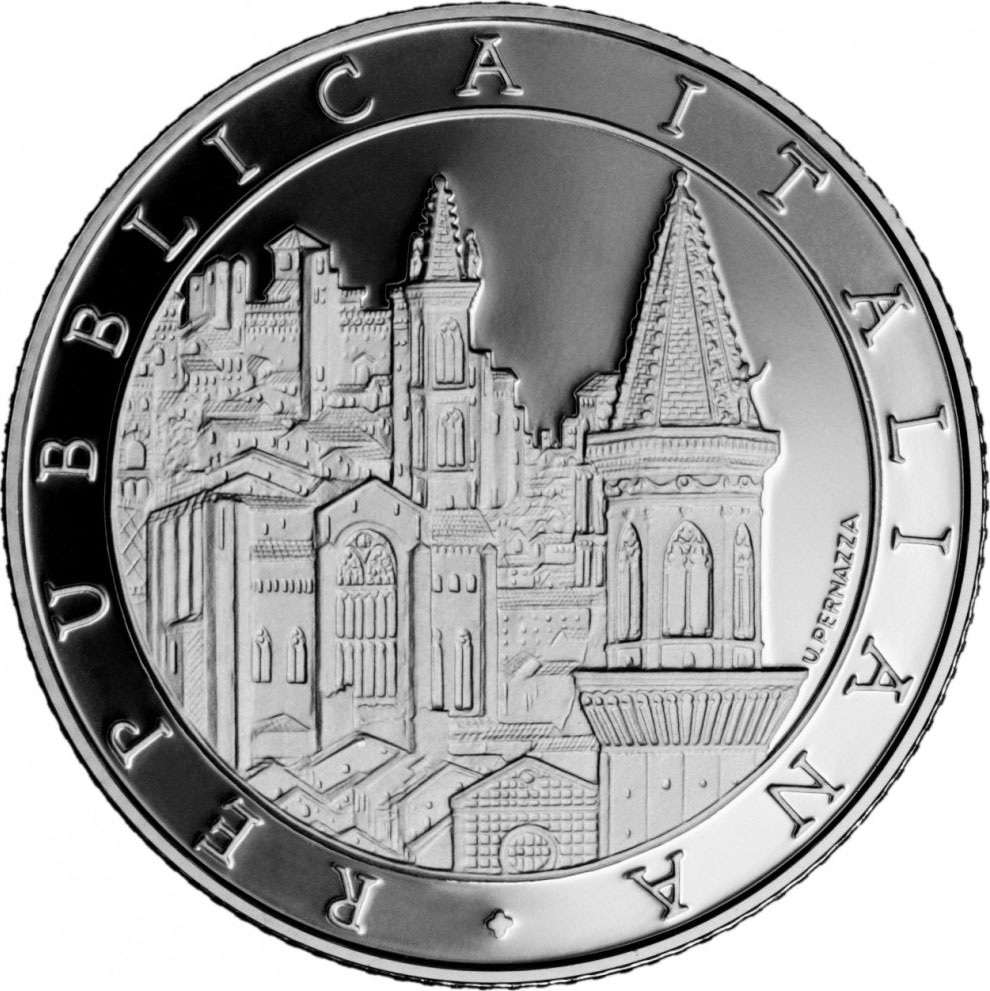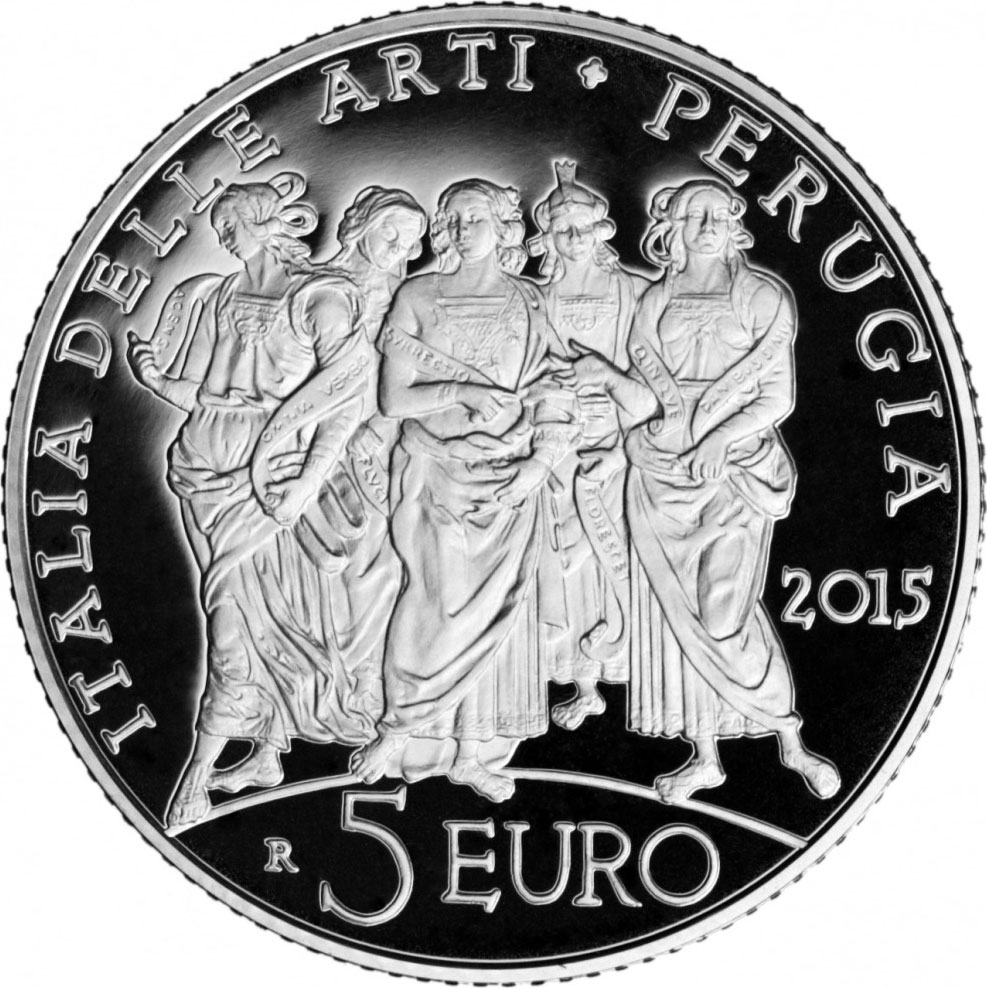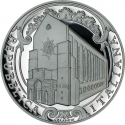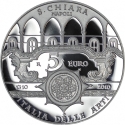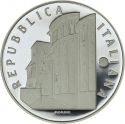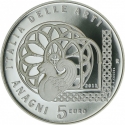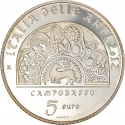You are about to finish your registration. Please check your mailbox (including spam folder). There should be a letter with a confirmation link. Check setting to make sure that your e-mail address is correct.
Send letter againDescription
Perugia is the capital city of Umbria in central Italy, crossed by the River Tiber, and of the province of Perugia. The city is located about 164 km (102 mi) north of Rome and 148 km (92 mi) southeast of Florence. It covers a high hilltop and part of the valleys around the area. The region of Umbria is bordered by Tuscany, Lazio, and Marche. The history of Perugia goes back to the Etruscan period; Perugia was one of the main Etruscan cities.
Painter Pietro Vannucci, nicknamed Perugino, was a native of Città della Pieve, near Perugia. He decorated the local Sala del Cambio with a series of frescoes; eight of his pictures can also be seen in the National Gallery of Umbria. Perugino was the teacher of Raphael, the great Renaissance artist who produced five paintings in Perugia and one fresco. Another painter, Pinturicchio, lived in Perugia.
Artist: Uliana Pernazza
Obverse

|
Depicts a view of Perugia, from a detail of the fresco "First translation of the body of St. Herculanus from the place of his first burial to the church of St. Peter" painted by Benedetto Bonfigli (information dating back to 1445-1496) for the Chapel of the Palazzo dei Priori in Perugia, now part of the National Gallery of Umbria; on the right, name of the designer “U. PERNAZZA”; around, inscription “REPUBBLICA ITALIANA”. REPUBBLICA ITALIANA |
|---|---|
Reverse

|
Depicts a detail from the fresco reproducing the Sibyls painted by Perugino (around 1450-1523) for the Sala delle Udienze of the Collegio del Cambio in Perugia; in exergue, the letter “R” identifying the Mint of Rome, and the value; around, the arch-shaped inscription “Italy of Arts + Perugia”; on the right, the year of the coin’s issue. ITALIA DELLE ARTI + PERUGIA |
| Edge |
5 Euro
Italy of Arts
Perugia - Umbria
Subscribe series
KM# 386
Italy of Arts
Perugia - Umbria
